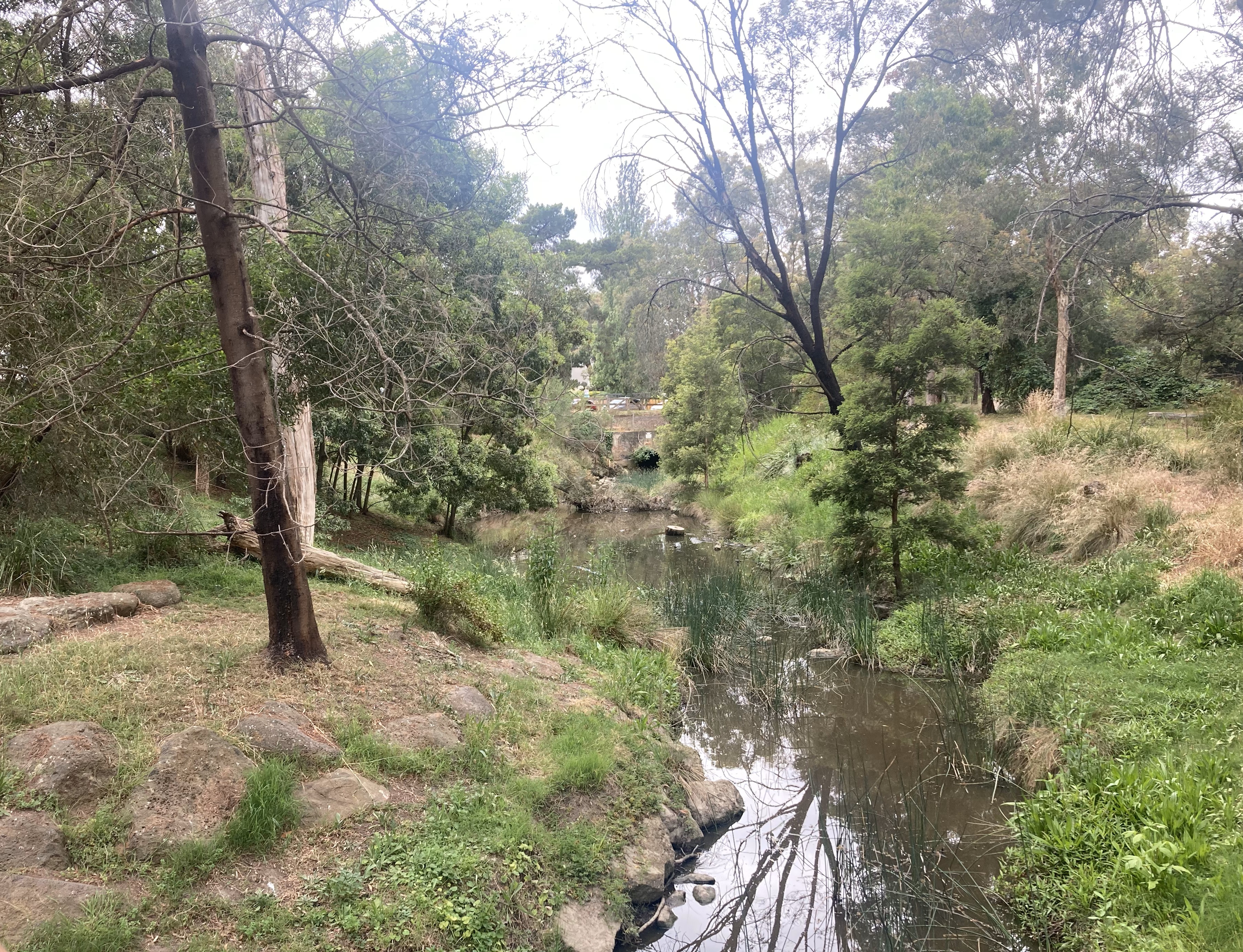With the cost of living rapidly rising, Australia near full employment, and significant challenges to the global economic landscape, there has never been a more important time for the Commonwealth to ensure that assistance to industry is efficient and effective.
The Productivity Commission’s Trade and Assistance Review provides a record of assistance and a review of the trade and economic landscape facing Australia.
The report finds that the Government provided at least $16 billion in industry assistance during 2020-21 (excluding COVID-19 support).
“Australia’s prosperity relies on international trade and investment. In order to open up trade, assistance to local industry – such as tariffs, tax concessions and budgetary outlays – has been trending down for decades,” Productivity Commission Deputy Chair Dr Alex Robson said.
“However, our report found that in 2020-21 assistance – even without accounting for the major COVID response measures – increased to $16 billion. This is a 25 per cent increase compared to the last five years.”
The year 2020-21 saw the Government apply significant emergency measures in response to the COVID-19 pandemic. Four programs – JobKeeper, Boosting Cashflow for Employers, Backing Business Investment, and broader access to the Instant Asset Write-Off – amounted to around $90 billion.
“During the early stages of the pandemic, government assistance to Australian businesses and households rose. Many needed support at that time. The challenge is to roll back this assistance as conditions improve to avoid overheating the economy,” Dr Robson said.
“Disruptions from the pandemic, the transition to net-zero emissions by 2050 and the global surge of protectionism and uncertainty make for a challenging environment, particularly with strong inflationary pressures. This underscores the need for productivity enhancing reforms and the rigorous examination of the costs and benefits of proposed programs.”
“The task now is to make sure every dollar of assistance is efficient, effective and remains absolutely necessary. This includes making sure we aren’t creating trade barriers through costly and obsolete tariffs.”
The Trade and Assistance Review 2020-21 and The Nuisance Cost of Tariffs, an accompanying research paper that sets out findings on the fiscal and economic implications of current tariff settings, can be found at: www.pc.gov.au/trade-assistance








